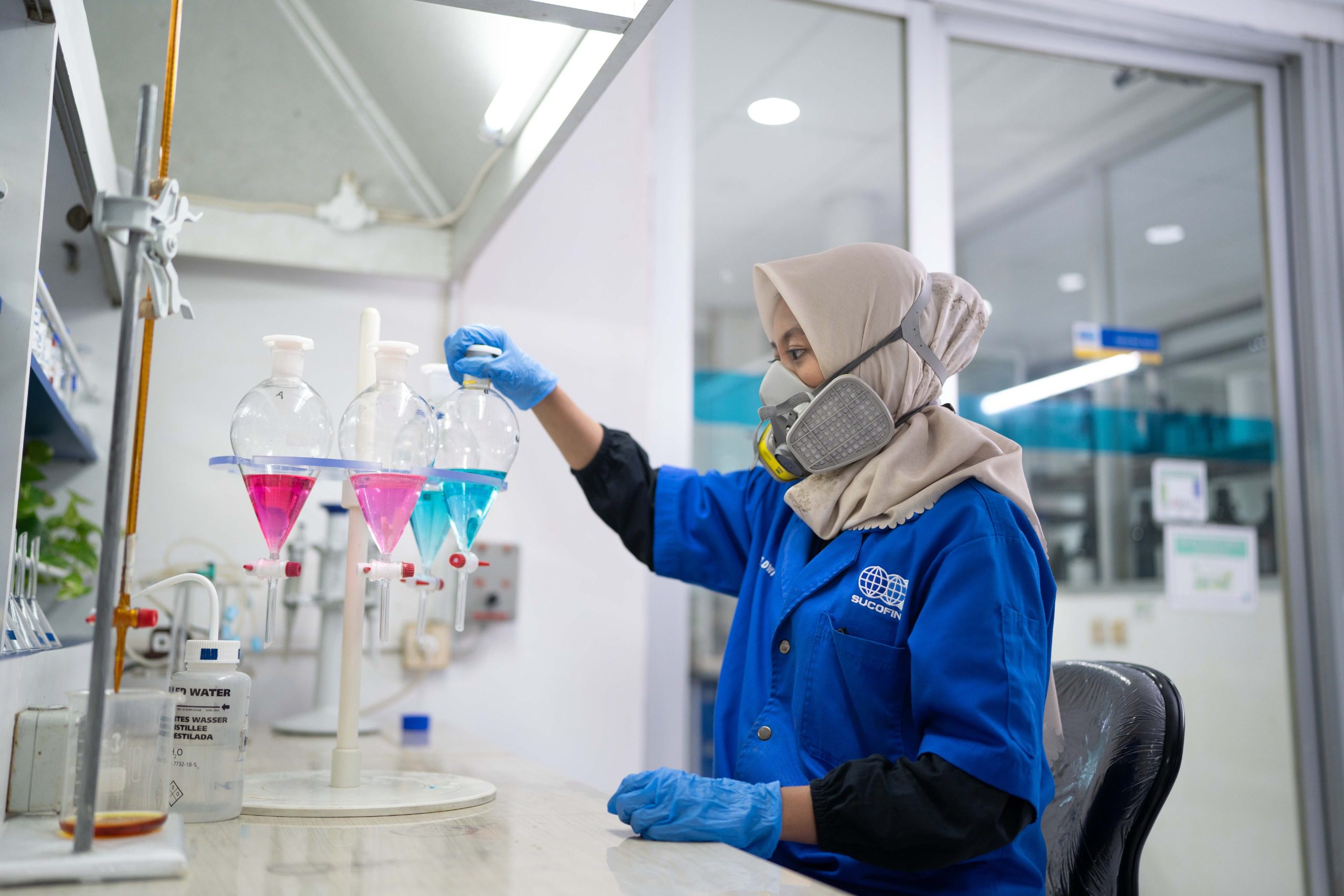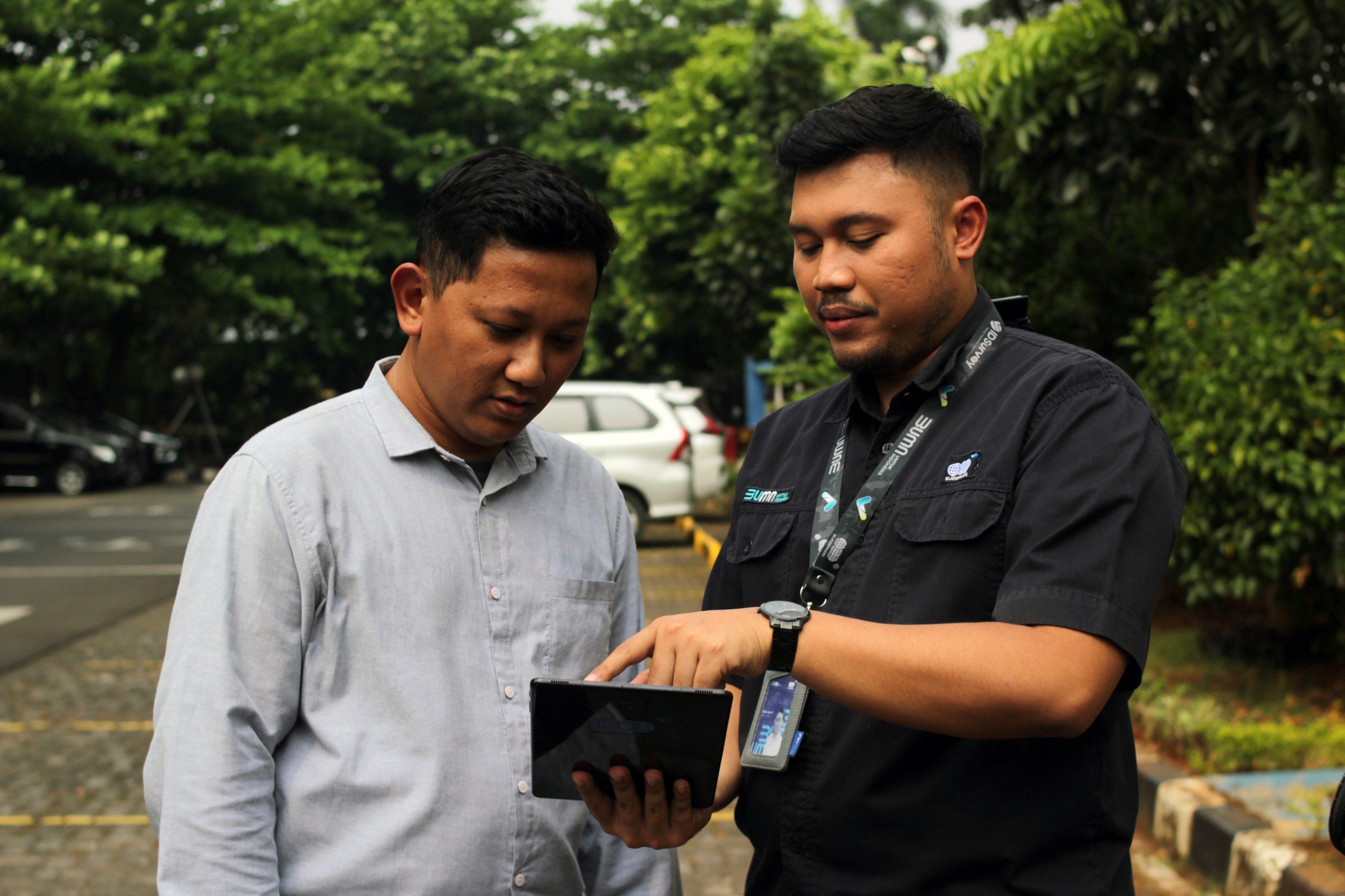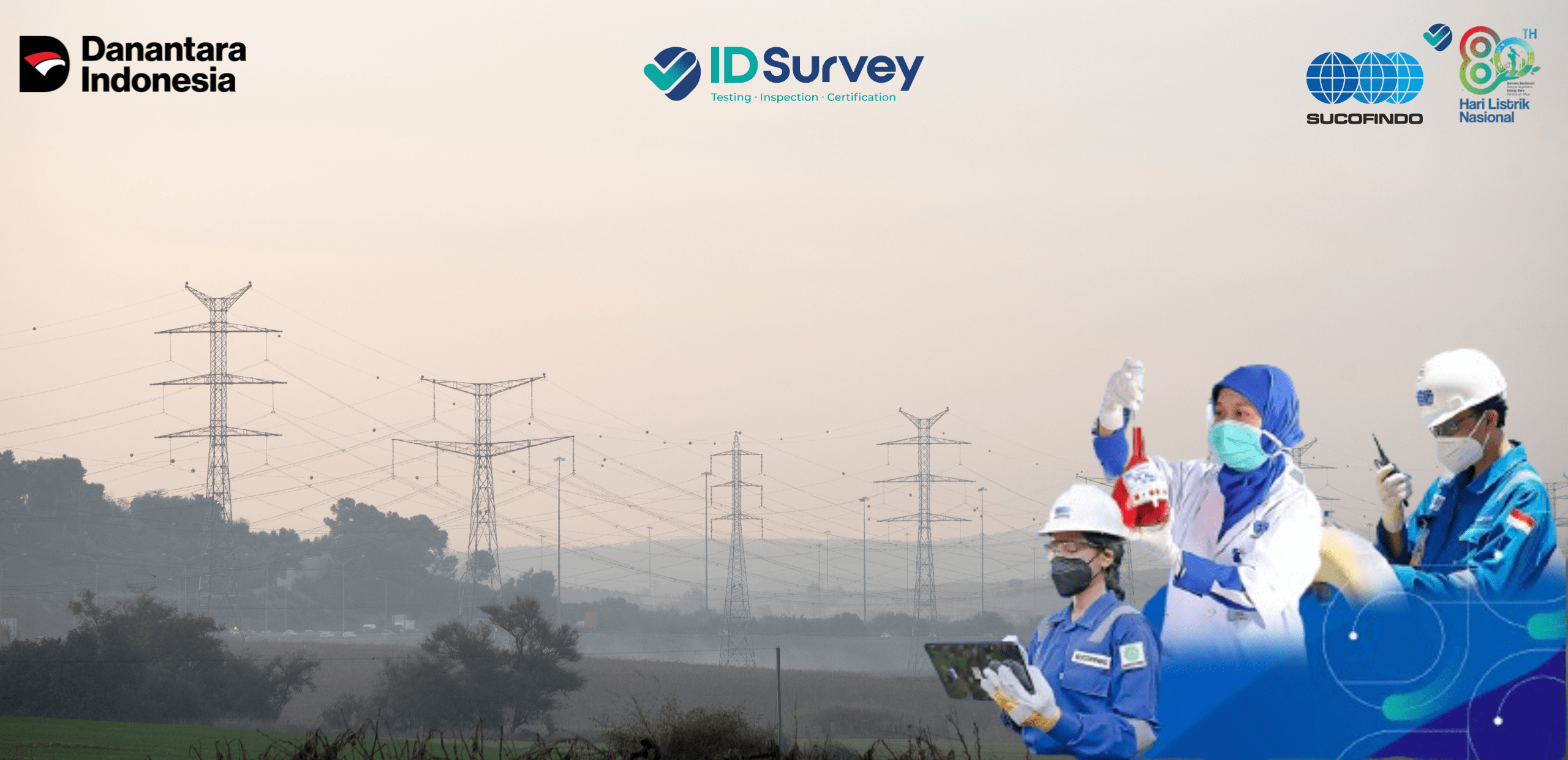Have you ever heard about ocean wave energy being used as a source of electricity? In fact, the sea can be a multifunctional resource for human life and can be used as a source of daily electrical energy.
In Indonesia itself, sea waves are seen as potential for new renewable energy, or EBT, which can match sunlight. To understand more about the energy sources of ocean waves, see the discussion below!
Get to know what ocean wave energy is
Sea water has the property of never running out, so its potential to be used as an energy source over a long period of time is very large. Energy from the sea can be obtained through sea waves, namely the rising and falling movement of the sea surface due to factors such as wind and seismic movements, which then form a curve.
Sea wave energy itself is basically a natural transfer of energy from wind to waves that occurs when the wind blows over sea water. The power produced from this process is called wave energy flux.
In practice, the energy from sea waves is in the form of kinetic energy which can drive turbines. Then, sea waves rise into the generator and squeeze the air out of the chamber so the turbine can spin.
Then, when the water falls, air will enter from outside into the generator room so that the turbine spins again. That’s how energy from sea waves works in energy generating devices.
Ocean Waves, the Biggest Renewable Energy in Indonesia
Utilize and explore potential energy sources from nature is a sustainable solution that can be implemented. One of the greatest potentials that can be exploited is the sea, specifically sea waves with the opportunity for renewable energy sources.
Looking at Indonesia’s southern coastline which reaches up to four thousand kilometers, the energy potential of ocean waves is quite promising. This is due to the fact that sea waves have a large energy density and power, a high utilization factor, so that their resources can be predicted.
When compared to wind energy, ocean waves have energy with a power density four times higher. Not only that, energy from ocean waves also produces much lower carbon emissions than non-renewable electricity generation, namely 6g CO2/KWh instead of 250g CO2/KWh.
1. Indonesian Ocean Wave Energy Potential
The southern Indonesian sea can produce energy of 10 to 20 kW/m. Even though this number is lower compared to other countries’ seas where waves and winds are greater, Indonesia has other advantages.
This advantage is that installation of wave energy converters is more economical and easier because the failure rate and problems are lowthe care minimum.
Based on research reports by the National Oceanic and Atmospheric Administration over the last 21 years, the sea in the southern region of Indonesia has waves that are 2 meters high with an average wave period of 12 seconds.
For Java, Nusa Tenggara and Bali, potential sea areas are in Yogyakarta, Cilacap, Jember and Bali. The potential ocean wave energy in this area is above 40 kW/m.
Then, for areas such as Lombok, Sumba, Trenggalek, to Cianjur, the energy potential from sea waves is on a medium scale ranging from 20 to 30 kW/m. This figure was obtained by utilizing regional marine observation data related to the wave numerical model contained in previous research.
When measured as a whole, the energy potential from Indonesian sea waves can reach up to 1.49 TW, which is considered to be 10 kW/being the minimum wave energy flux for 40% of the coastline in Indonesia.
Another calculation illustration, if 10% of beaches in the southern part of Java installed wave energy converters, the energy produced could reach up to 5.9 GW of electricity. This amount is equal to 10% of electricity production in Indonesia.
Classification of Energy Converters of Ocean Wave Energy
To convert energy from sea waves into electricity, a wave energy converter orWave Energy Converter (WEC) is also needed. The classification of such converters is based on the working principle, location (nearshore, offshore, shoreline), to how to capture the energy.
The technology in this wave converter works on the principle of accumulating energy from ocean waves which is used to drive a turbine. There are quite a lot of methods that can be applied to this energy converter, but let’s discuss three types of converters according to the IEA-Ocean Energy System below.
1. Overtopping
This type of converter has a reservoir that can accommodate or capture water fromwave crest or wave peaks that exceed the height of the device.Overtopping can be built floating or fixed.
Then, the water that enters thereservoir will flow downwards due to gravity, or more precisely the change from initially wave kinetic energy to potential energy that can drive a hydro turbine. Type converterovertopping has a technology efficiency level of 17%.
2. Oscillating Bodies
Then, there are type convertersoscillating bodies or oscillating body systems, the construction of which can be submerged or floating. This converter system consists of at least two frame or body parts that move relative to one another.
For example, when in heaving mode due to waves, one object will rise faster than another object due to hydrodynamic properties and the mass factor of the tool property.
The relative movement between the two objects then triggers a mechanismPower Take Off (PTO) linear generator or hydraulic system. When in rotation mode, the device will utilize wave propagation events with rotational induction which can pump the hydraulic system. The efficiency for this converter is less than the previous type, namely 16%.
3. Oscillating Water Column
OWC Converter orOscillating Water Column Its existence can be fixed or floating. This converter is exposed below sea level, where air is trapped insidechamber or space, where the space is open to the atmosphere through a hole containing a wind turbine.
Then, the air contained in the room or chamber is compressed anddecompressed of the water level changing onchamber. The wind will eventually move in and out through the turbine.
The commonly used turbines are:wells turbine. Regardless of the direction of the air, the turbine will move in one direction only. The technological efficiency of this converter is 29%.
Seeing the ideal potential of Indonesia’s seas as a source of new, renewable energy through the use of ocean wave energy, does not mean you can just exploit non-renewable energy sources.
In fact, this is a reminder to remain frugal and conserve natural resources that cannot be renewed but are used as an energy source. Therefore, it is important for you to practice environmentally friendly energy management.
Sucofindo present as a company with energy audit services for all industrial sectors. You can get guidance from professionals in the field to identify effective energy savings potential.
So, you can create a sustainable environment by saving energy. contact us here for complete information and consultation about professional energy audit services!







